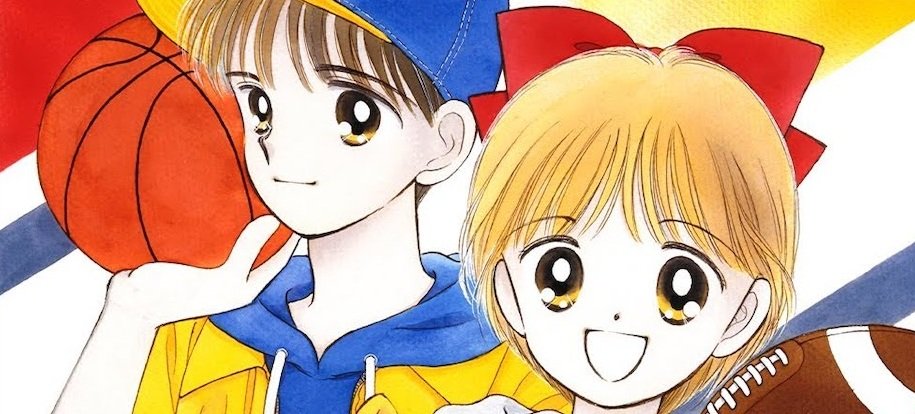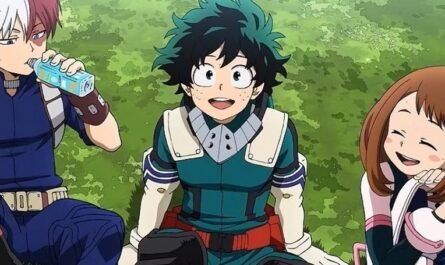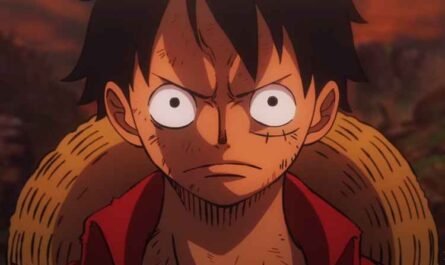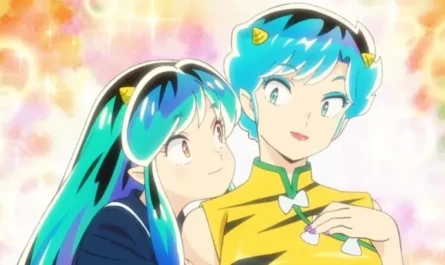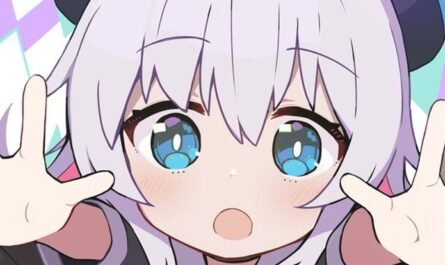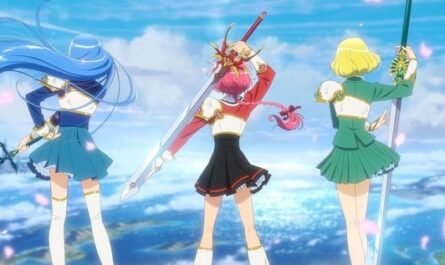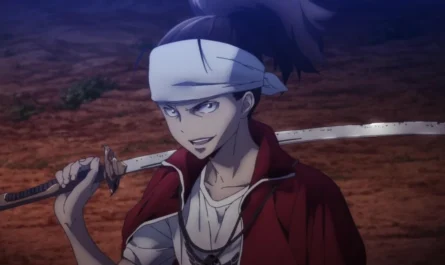I remember that when I was a child, girls’ manga magazines were primarily divided into three groups: “Ribon” (Shueisha), “Nakayoshi” (Kodansha), and “Ciao” (Shogakukan). Every month, a new issue was released, and my heart would dance with the new story of the comic and the supplements and gifts for everyone. My friends and I would chat about the story’s latest developments without running out of ideas. In particular, “Ribon” was a time when “Tokimeki Tonight,” “Marmalade Boy,” “Silhouette of the Starry Eyes,” and “Akazukin Chacha” were popular. I remember that the cool boys who casually help the heroines, such as Makabe Shun from “Tokimeki Tonight,” Matsuura Yu from “Marmalade Boy,” and Kusumi Satoshi from “Silhouette of the Starry Eyes,” were extremely popular. In 2025, “Ribon” will celebrate its 70th anniversary.
It is no exaggeration to say that “Ribon” works, such as “Sally the Witch” (TV Asahi) and “Himitsu no Akko-chan” (Fuji TV), were made into TV anime in the past, and it is no exaggeration to say that they laid the foundation for today’s anime culture for girls. Since “Tokimeki Tonight” was made into an anime in the 1980s, “Ribon” works have been made into anime one after another, including the hit “Chibi Maruko-chan” (Fuji TV), which became a national anime. Nowadays, when it comes to anime for girls, the mainstream is transforming heroines, but “Ribon” works have captured the hearts of children with idyllic everyday stories like “Chibi Maruko-chan” and exciting phantom thief stories with plenty of love elements like “Kamikaze Kaito Jeanne.”
Furthermore, “Marmalade Boy,” which remains popular even after a long time, was made into a live-action movie 23 years after the end of serialization. In January 2025, the popular comic “Honey Lemon Soda” by Murata Mayu will be made into an anime. It captures the hearts of girls.
Many animations are based on Ribon. Everyone has experienced watching anime songs in their childhood and having them stay with them forever. But how about facing yourself “at that time” by unraveling the songs of Ribon’s works that have been made into movies? In this 70th anniversary year, I would like to reflect on the songs delivered from the images of Ribon’s works.
“Hime-chan’s Ribbon” (TV Tokyo) “Hime-chan’s Ribbon” by Mizusawa Megumi was made into an anime in 1992. One day, Nonohara Himeko, a tomboyish first-year junior high school student, meets Erika, a princess of a magical land who looks precisely like Himeko. Erika lends Himeko a magical ribbon that allows her to transform into other people in exchange for keeping a diary of her daily observations. Her hectic days begin with her stuffed animal, Pokota, as her guardian. The opening theme for the anime, which aired over 14 months and had 61 episodes, was SMAP’s “Egao no Genki.” It was SMAP’s fifth single and has been loved for a long time.
The single’s B-side also includes the ending theme (episodes 1-31), “Bura Bura Sasete.” The warm atmosphere and lyrics of the unison singing overlap with how Himeko and Erika care for each other as precious friends. “Egao no Genki” was also covered by the Futami sisters Ami and Mami, idols belonging to 765 Production, on the album “THE IDOLM@STER MASTER ARTIST 06 Futami Ami/Mami,” released in 2007.
“Marmalade Boy” (TV Asahi) “Marmalade Boy” by Yoshizumi Wataru was made into an anime in 1994. One day, Koishikawa Mitsuki is suddenly told by her parents that they are getting divorced. The Matsuura and Koishikawa couple met on a trip to Hawaii, fell in love with each other’s partners, and decided to divorce and remarry.
This heartwarming story about the love story between the Matsuura couple’s children, Matsuura Yu and Miki, was made into a live-action drama in Taiwan in 2001 and was made into a live-action movie starring Sakurai Hinako and Yoshizawa Ryo in 2018. The opening theme for the 1994 anime version was “I Want to See Your Smile,” sung by Hamada Rie.
The opening line, “But I’m curious/More than yesterday,” remains fresh. “Akazukin Chacha” (TV Tokyo) “Akazukin Chacha” by Ayaka Min was made into an anime in 1994. Chacha, a budding magician with a red riding hood as her trademark, struggles daily as a disciple of the world’s greatest magician, Seravee.
One day, Chacha and her werewolf boyfriend, Riya, meet Shiine, a disciple of the witch Dorothy, aiming for the title of the world’s greatest magician of Seravee. Shiine falls in love with Chacha at first sight. From then on, Chacha, Riya, and Shiine start hanging out together, and their hectic days become even more chaotic. In the anime, Riya is voiced by Shingo Katori, and the opening theme is “Kimiiro Omoi” by SMAP, written by Kenji Hayashida, who has worked on many famous songs.

